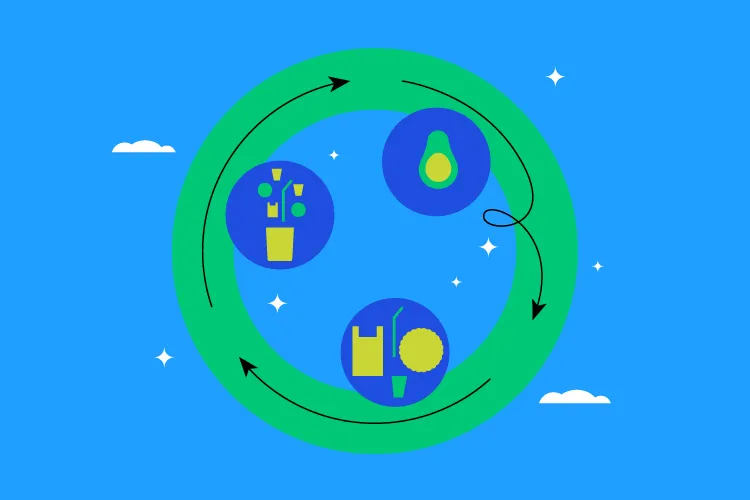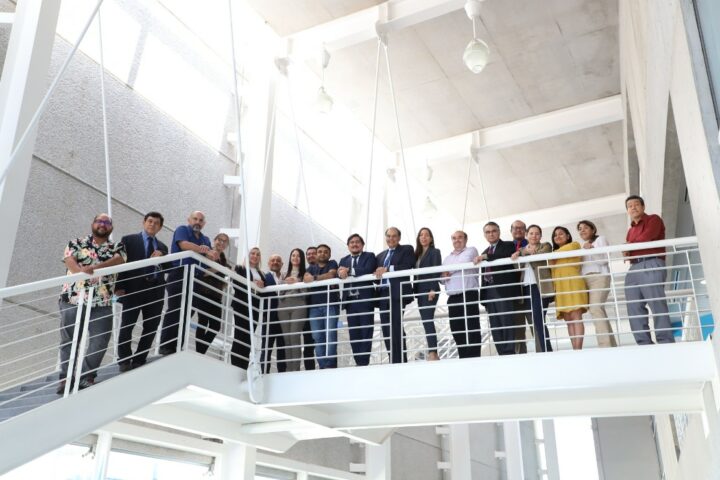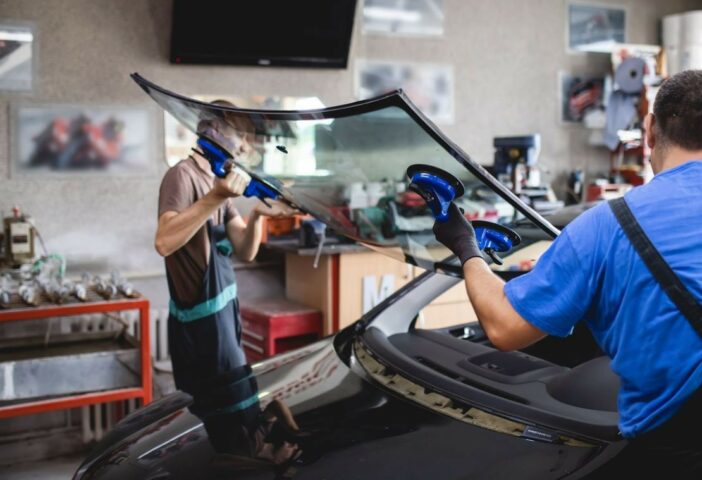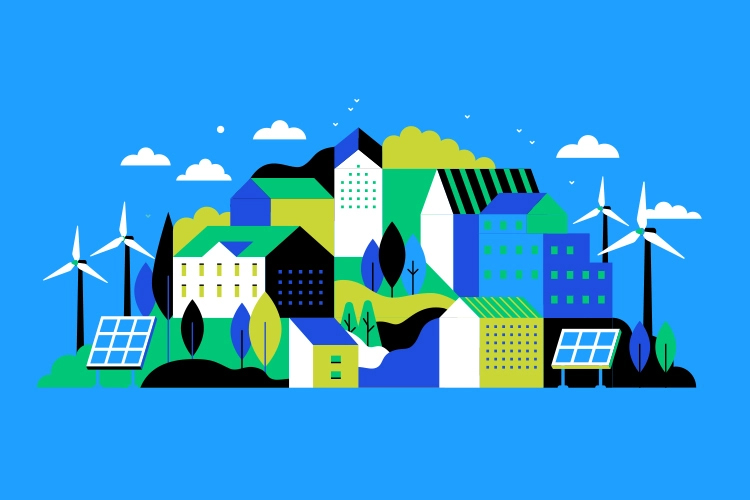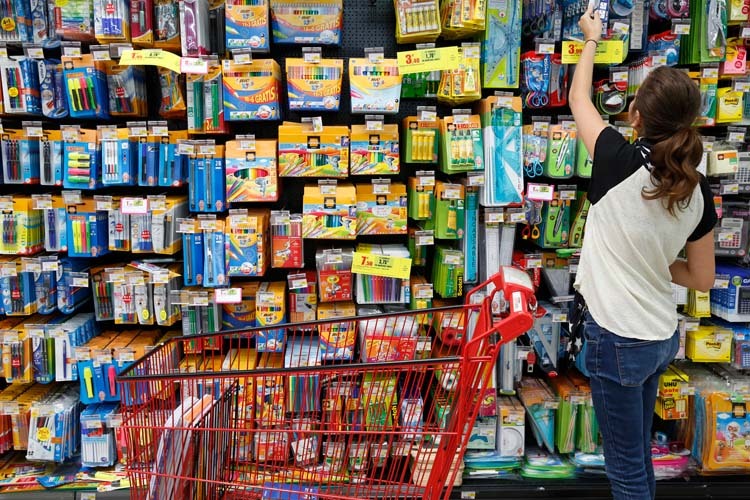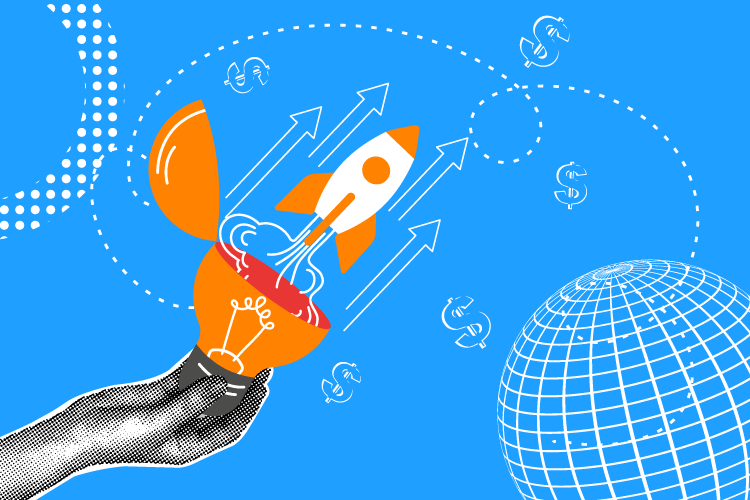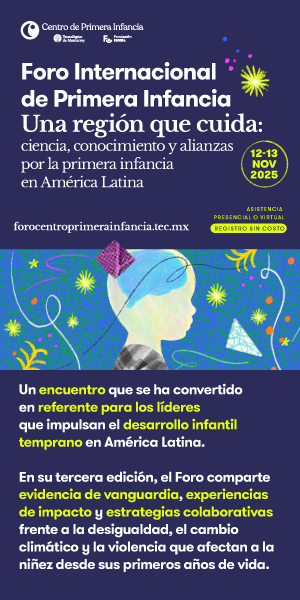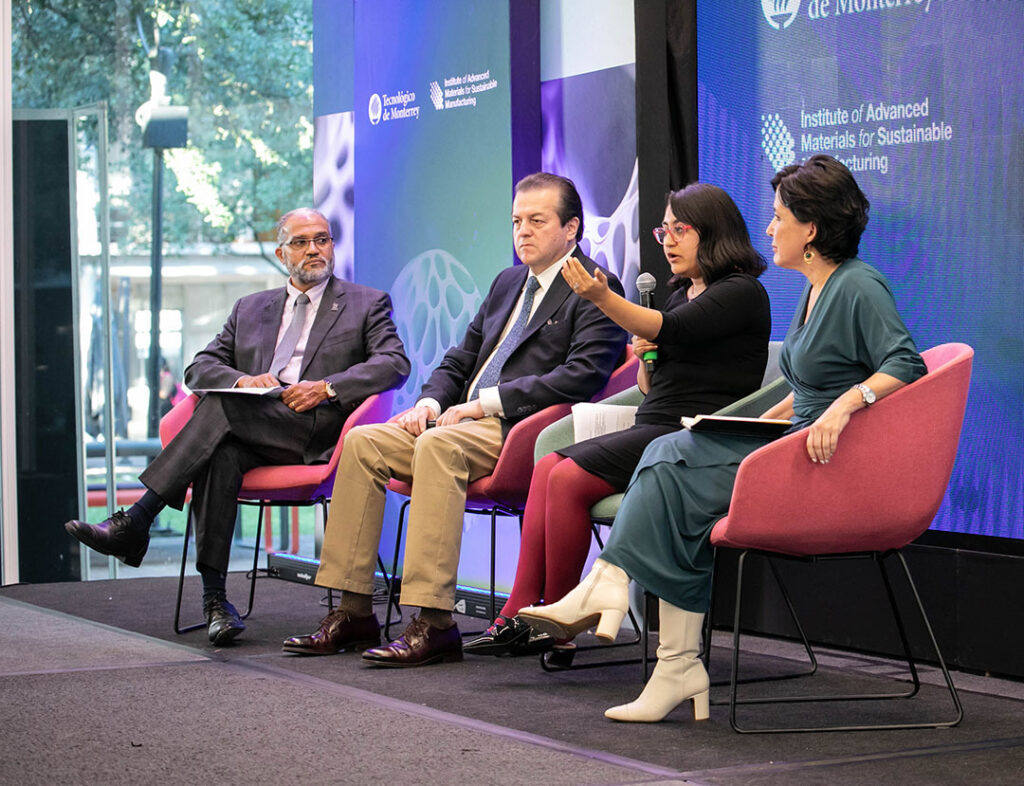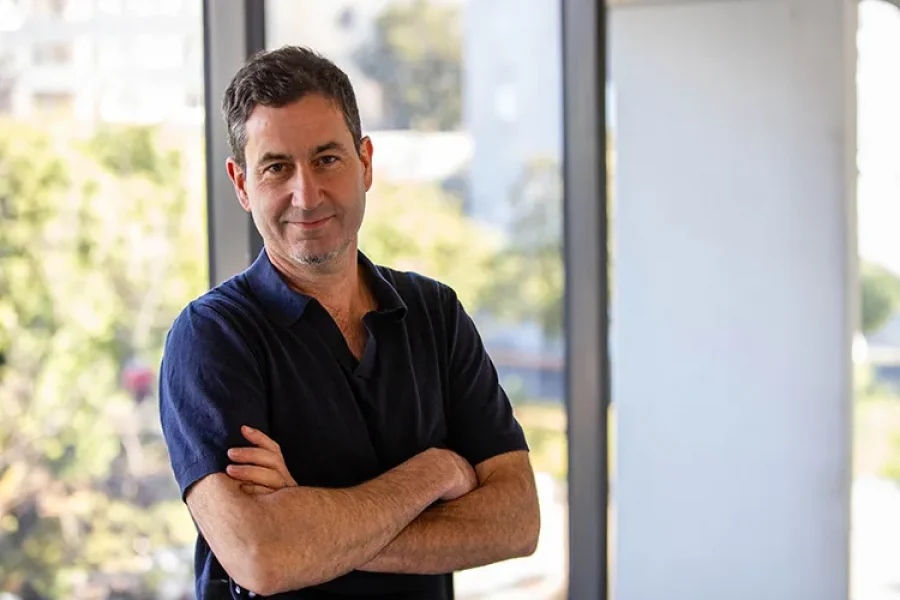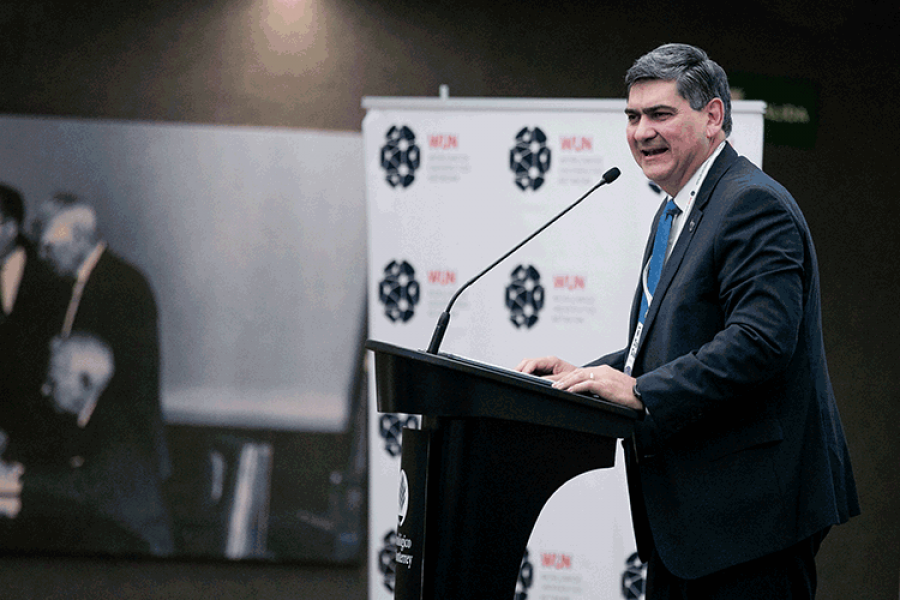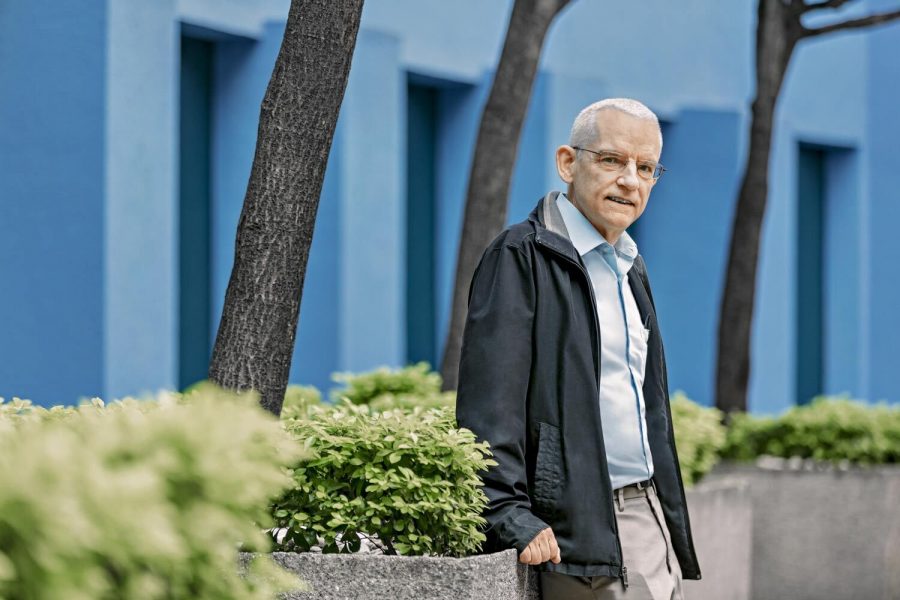UN experts say the world is just six years away (2030) from facing a potential climate catastrophe if we fail to reverse global temperature increases.
What is a Circular Economy?
Among the solutions that could help slow down this warming is the circular economy, a broad concept of an economic system that generates prosperity not only for businesses but also for society and, above all, for nature.
This type of economy aims to break away from the linear production model, where we extract from nature, produce, and then dispose of it without giving a second use to the waste. Three specialists talk to us about how, why, and for what purpose to leverage this approach.
As part of the INC Monterrey, the Latin American entrepreneurship and innovation festival, we interviewed three experts in the field to help us understand how the circular economy works, its benefits, and its limitations.
Virtuous Cycle
According to Gustavo Alves, Director of Innovation and Communities for Latin America at the Ellen MacArthur Foundation, an organization working to accelerate the transition to a circular economy, it is based on three principles: eliminating waste and pollution from what is produced, circulating materials for as long as possible in their self-worth, and seeking to regenerate natural cycles.
This is what the biopolymers company Biofase, founded by EXATEC Scott Munguía, does. They create biodegradable disposables such as straws, cutlery, plates, cups, and food containers from avocado pits.
“In 2012, I noticed that the vast majority of bioplastic being produced then, and still today, is made from corn, a food source. It doesn’t seem consistent to manufacture something that claims to care for the environment when taking away something you can eat,” says Scott.
Biofase uses a waste product (avocado pit) to create something useful. When it reaches the end of its life, it remains valuable to nature because it biodegrades, thus closing the cycle. And, as if that weren’t enough, it also becomes a profitable business.
Beyond Recycling
It is mistakenly believed that the circular economy refers only to recycling. Still, it serves other functions, as Scott Munguía simplifies: “It’s not so much about the material itself being recyclable but about the entire model of manufacturing, use, and utilization being circular.” For example, plastic can be recycled, but only 6% is recycled worldwide, which is highly inconsistent.
Tec de Monterrey’s Institute of Advanced Materials for Sustainable Manufacturing has a research focus on the bioconversion of waste into valuable products. They use coffee production waste in coffee-growing communities in Chiapas to extract antioxidants for the prototype of a battery that powers a handheld lamp.
“Since the battery was formulated with natural elements, its disposal has no negative impact on the environment, unlike alkaline batteries that can leach toxic compounds directly into the soil,” explains Elda Melchor, a research professor at the Institute.
Another example is sargassum, a problem affecting the Mexican Caribbean and other countries. Still, it contains many valuable compounds, such as polymers, that can be used to develop a biofertilizer or a shrimp feed based on sargassum. Additionally, contaminated water can be treated with the reused biomass from sargassum. “We are working on all of that at the Institute,” adds Elda.
Circles of Benefits
The primary benefit of the circular economy is economic. “A circular system that stops producing waste already generates profit. A system that breaks the need to extract virgin materials generates profit. A system that allows the creation of new business models to circulate, repair, and remanufacture things generates a lot of profit,” emphasizes Gustavo.
But this type of economy is also an opportunity for social benefits because there is a significant potential for productive inclusion. If an organization starts building a circular chain, it requires more people for this operation, creating jobs.
Ecologically, the circular economy has proven to be very benevolent to the environment and capable of addressing climate change, as seen in coffee and sargassum waste and Biofase, the world’s only company with bioplastic made 100% from agricultural waste.
Mexico, being a significant producer of agricultural goods that are also industrialized, has an excellent opportunity to do business through the circular economy. Avocado, citrus, vanilla, and whey residues are plant-based materials that can generate new products.
Limitations of the Circular Economy
Unfortunately, not everything is sailing smoothly yet. The cost of biodegradable products for consumers is still high. Still, Scott states, “As people have become more aware of the importance of caring for the environment, at Biofase, we have been able to get closer to the public.”
Elda Melchor asserts that, despite having excellent ideas in the scientific environment for manufacturing industries, creating prototypes to implement them is not always economically viable. Regarding the bioconversion of waste, although the industry generates tons of agricultural residues, how and where can they be stored? How can they be pretreated for bioconversion? “All of these are part of the significant limitations we are seeking solutions for,” notes Elda.
The main challenge is making decision-makers understand why switching to a circular economy is essential. Gustavo Alves believes that “although we know and receive a lot of content about climate change and the limits we are reaching, there is still a lack of awareness and knowledge about what the circular economy is, how to apply it in a business model, and how to create circular things.”
But the forecasts do not lie; there is already a shortage of water and food resources, environmental temperatures are still rising, and traditional agriculture is no longer sustainable. Sooner or later—hopefully sooner than later—the circular economy will become the world’s future if we want to have a long-term future.
